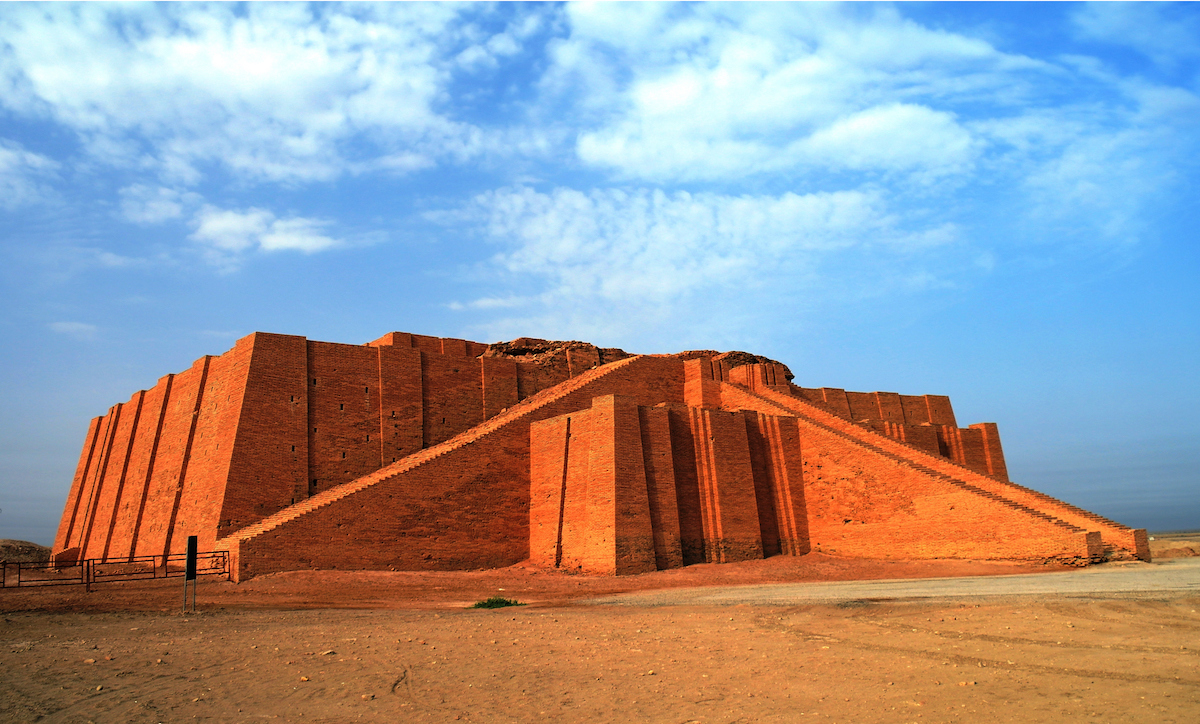

Luke preaches for the North Terrace congregation in the Tampa area. Luke and his wife Melanie have five children. He holds an M.A. in Ancient History and has excavated in Israel for numerous archaeological seasons. He can be reached at lukechandler@verizon.net.
ARCHAEOLOGY
Synopsis: The Tower of Babel is more than just a history of language. It is a chapter in God’s plan for our redemption. Archaeology provides a clue on how to understand Babel in context, and how we may ourselves relate to this story.
The Tower of Babel seems like an interruption in the story of our redemption. The Bible accounts of Eden and Noah, Abraham and Moses, David, the prophets, and the Messiah, flow together to show the grand plan for restoring humanity’s relationship with God. Paul emphasizes this continuity when he describes the Law as a “tutor to lead us to Christ” (Gal. 3:24). New Testament authors connect texts from Genesis through Malachi to our salvation through Jesus.
So why is the Tower of Babel story (recorded in Genesis 11:1-9) inserted into the narrative of God’s plan to redeem us? At first glance, it seems merely a historical piece on the physical division of peoples and languages rather than a chapter in the salvation story. What does Babel have to do with the Messiah?
Archaeology provides a clue. Ancient Mesopotamia, where the Babel story takes place, is peppered with large, stepped, ancient temples called ziggurats. Like the Tower of Babel, they are made of mudbrick with bitumen-based mortar. Some ziggurats date before Abraham’s time and were the tallest buildings of their age. These ziggurats show us the architecture of the region and, knowing the limitations of mudbrick construction, give us an idea of the Tower’s likely appearance.
Is a ziggurat compatible with the description of the Tower of Babel? The biblical tower was intended to have “its top in the heavens,” yet some of the largest surviving ziggurats are only around 100 feet tall. We resolve this issue with perspective. Mesopotamian cities before Abraham’s time consisted almost entirely of short buildings. A 100-foot ziggurat would have seemed enormous. By way of comparison, the first “skyscrapers” in our culture were no more than 20 stories high, a size considered modest by today’s standards.
The archaeological clue for understanding Babel lies at the top of a typical ziggurat, in a single room filled with furniture and food for the use of a deity. The builders were seeking the presence of a god and enticed him with a special room. Their god’s presence in the city would naturally bring blessings and protection.
Were the builders of Babel likewise seeking to bring God to their tower, to dwell in the midst of their city? Most likely, yes. The Bible notes their motive: “Let us build a city and a tower… and let us make a name for ourselves, lest we be dispersed” (vv. 3-4, ESV). They were seeking, at least in part, the benefits and greatness from having Deity in their midst. God indeed “came down” to the Tower (v. 11) but did not inhabit it. It must be noted that the later ziggurat builders descended from the Babel culture, so it is no surprise they inherited a similar concept of god-dwelling.
With this understanding, the Tower of Babel fits perfectly into the biblical narrative. It is not a separate story, but a tragic chapter in humanity’s desire to repair the loss of God’s presence. Just as many went astray trying to bring “god” to their midst in the form of idols, humanity also tried to regain God’s presence with the Tower. Their rejection of the true problem—the separation brought by sin—coupled with prideful motives doomed their effort to failure.
Seeing Babel in this light helps us appreciate the blessing of God dwelling in us. Jesus built a Temple, made not of mudbrick, but of “living stones”—His followers (1 Pet. 2:4-5). We enjoy the blessing humanity has sought since the separation in Eden. As Paul wrote, “We are the temple of the living God; as God said, ‘I will make my dwelling among them and walk among them, and I will be their God, and they shall be my people’” (2 Cor. 6:16, [citing Lev. 26 and Exod. 29]).

